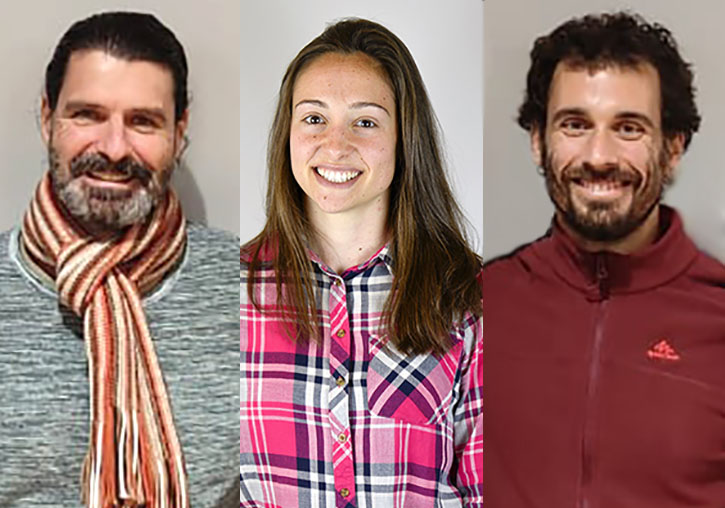
A study by the University of Valencia has interviewed people with obesity who use gyms and has analysed how they experience discrimination in these spaces. It affirms that this group suffers direct discrimination there, through offensive comments from the staff and from colleagues. They also suffer from indirect and structural discrimination, as they are stereotyped people due to their physique, who have difficulties using sports machinery that does not adapt to their body. Among other measures, they propose some modifications in gyms and, above all, train professionals in attitudes that overcome fatphobia.
This work by David Argüelles and Víctor Pérez Samaniego, researchers from the Department of Physical and Sports Education, and Elena López Cañada, from the Department of Musical, Plastic and Corporal Expression of the University of Valencia, analyses the experiences of obese people in gyms, and they reveal the direct discrimination –the most visible– and the structural one, –the one that is harmful for ignoring diversity and making it abnormal– that they suffer.
The recommendations of the study, published in the journal International Review for the Sociology of Sport, highlight the importance of raising awareness of obesity stigmatisation for female and male coaches. The study proposes greater training for them in the face of body diversity that avoids stereotypes and takes into account the problems that discrimination entails.
In addition, it is also proposed to educate on inclusive health and weight perspectives, and at the same time offer exercise routines that do not presuppose the desire and need to lose weight. The adaptation of exercises and contexts to body diversity is seen as an important factor since obese people are often forced to think that the only benefit they can and should obtain from exercise is weight loss.
Regarding the gym as a space, the study highlights the importance of adapting the equipment to body diversity, since obese people have difficulties using machines that are not made for them, and reducing the marked cult of the body, for example, reducing the number of mirrors. At the same time, it also raises a critical view of gym marketing and suggests that it must leave behind harmful weight fixation, sexualisation and hostile messages against obesity.
One of the six interviewees in the investigation recounts that his gym trainer, who kept him on an extreme sports and eating regimen, asked him with hostility: “Do you find it normal to be so fat?” In fact, almost all those interviewed claimed to have suffered discrimination from gym employees. “The coaches have shown clear prejudices against obesity and become very severe with the obese. This hardness leads obese people to underestimate their efforts and to generate a feeling of guilt for their physical condition and fuels the contempt for their own body”, highlight Argüelles, Pérez-Samaniego and López-Cañada.
Currently there is a fixation on weight as a paradigm of health, so in the world of fitness there is a fixation on weight loss. Added to this situation is the idea of obesity as a deviation typical of lazy people and who lack self-control, who refuse to exercise and control their diet. This vision blames the individual for his/her state, neglects the relevance of structural factors and makes him/her the only person responsible for his/her physical state, a fact that promotes hostility against them.
Article: Argüelles, D., Pérez-Samaniego, V., & López-Cañada, E. (2022). “Do you find it normal to be so fat?” Weight stigma in obese gym users. International Review for the Sociology of Sport, 57(7), 1095–1116. https://doi.org/10.1177/10126902211056867

.jpg)







